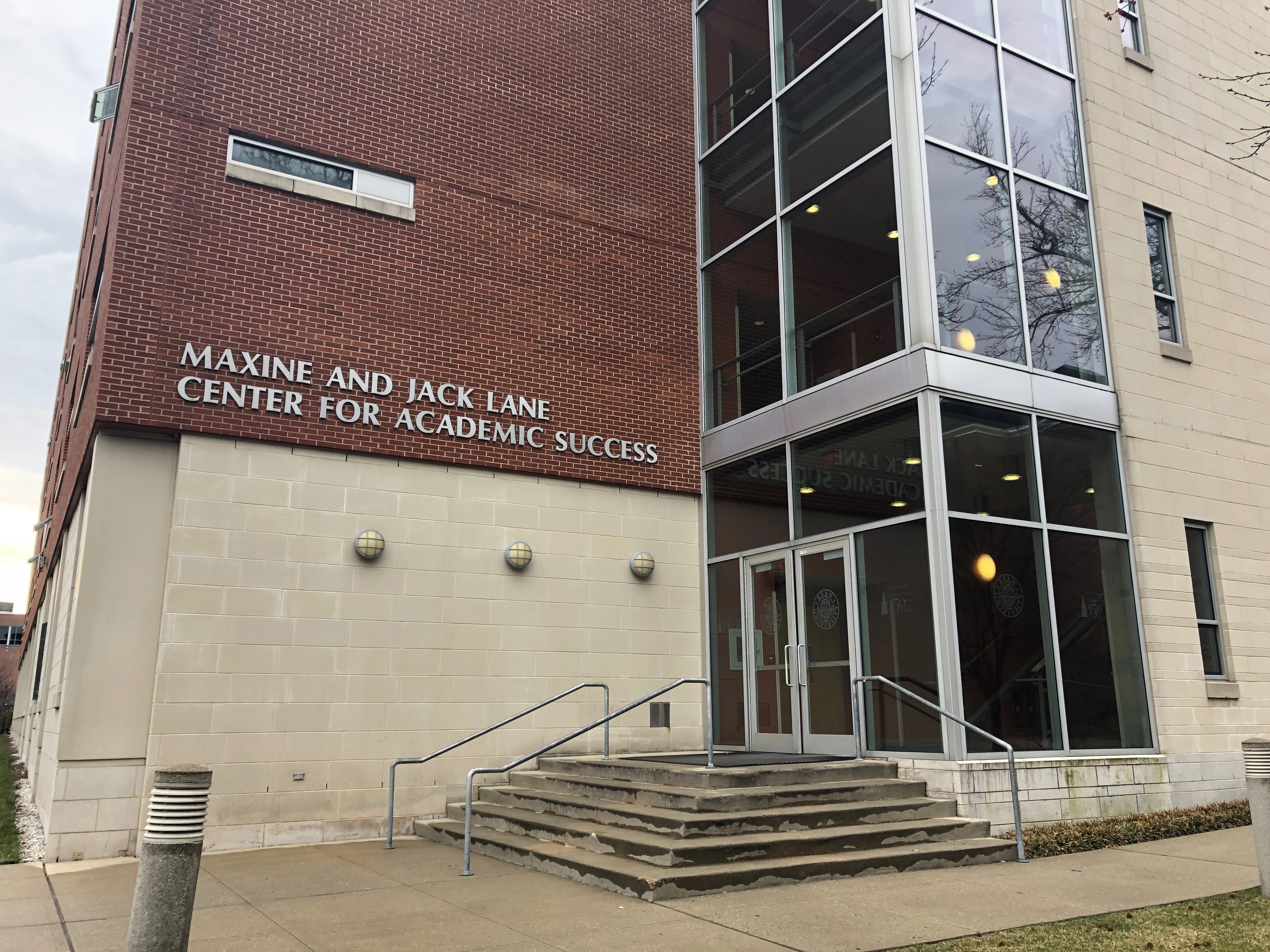By Kelly Contreras | Published by April 18, 2019

Every day an endless number of students and faculty enter and leave the buildings on Kean University’s Union campus, but it seems few know the real names of our buildings.
Students and faculty may refer to some buildings by nicknames like “CAS” or “the library” rather than the actual formal names. In recent years, Kean has bestowed new names on some old buildings — such as the Maxine and Lane Center for Academic Success (CAS) and the Miron Center, formally known as the UC for university center.
In fact, the university itself was previously called Newark Normal School and was renamed Kean College when it moved to Union from Newark.
But how did these people get their names on a building? Well, each building has a story.
CAS was named after Maxine and Jack Lane in order to honor the couple’s generosity of an estimated $6 million donation in 2009.
Maxine graduated from Kean University in 1978 with a degree in social work. She provided one of the largest gifts in Kean University history to the Kean Foundation.
Sozio Hall is named after Ralph P. Sozio, a former student who served in the United States Army during WWII.
Sozio was involved in multiple plays, wrote a musical called College Daze, and a march called Flying Gunners Parade which the Army School of Gunnery adopted as its official song.

Unfortunately, Sozio was unable to graduate because while he was away, he came down with rheumatic fever and died at a Texas Army camp in 1945. To honor Sozio, the college named the building after him.
Guy V. Bruce was the head of the science department here at Kean University from 1933 until he retired in 1955. He was very involved when the school was upgrading from a normal institution to a four-year college.
Construction on Bruce Hall began in 1956 in Union and it was ready by 1958 for the students. Although he retired one year before the move, he still led the annual commencement ceremonies for several years after.
Whiteman Hall was originally an all women’s dormitory. As recognition for her dedication to student life, the building is named after dean emerita Harriet E. Whiteman.
She was an education secretary for then-president Dr. Marion Earnest Townsend. She worked for over 20 years throughout Townsend’s administration and was dean of students until she retired in 1962.
Bartlett Hall was built in 1973 and named after Mary M. Bartlett, a reading specialist, author, and editor who researched and co-wrote several pieces for MacMillan Publishers.
She began working for the university as an English professor in 1937, served as a chair of the Department of English from 1946 to 1958 and helped the University in regard to curriculum development and teacher education.
She became very interested in students’ extracurricular activities, as she helped a sorority and with the development of many student programs. After 28 years working at Kean, she retired in 1965. She was awarded the rank of professor emerita in 1966.
For many generations, D’Angola Gymnasium was referred to as “The Chief” and Joseph D’Angola’s name became well known with Kean Athletics from 1918 through 1956.

He worked as the head of the Department of Health and Physical Education, was responsible for multiple varsity sports on campus, coached men’s basketball for 10 seasons, and was also named Dean of Men at the college in 1935.
He retired two years before the school moved to Union. The D’Angola Gymnasium was built in honor of “The Chief” and his wife, Anita, also a faculty member.
Hennings Hall was named after a couple whose combined amount of service was about 63 years towards the University. Also, Dougall Hall which is named after John B. Dougall, the 12th president of Kean.
Kean University was initially named Kean College, after the Kean family, which has a long lineage in New Jersey that includes a former U.S. Senator, a Governor and a current state Senator. One line of the Keans grew up across Morris Avenue in Liberty Hall.
So as you can see, Kean University buildings each have a historical story to be told. And there will be more stories to tell in the future.

You must be logged in to post a comment.